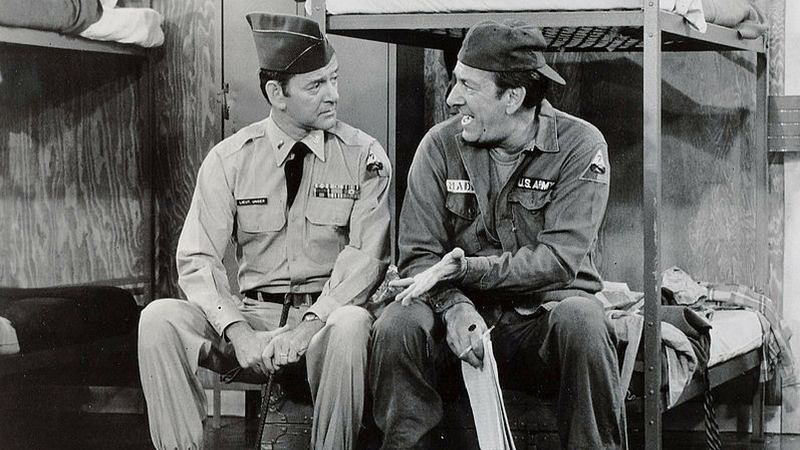Off the top of your head, I’ll bet you can name dozen or more shows you watched as a kid with your whole family. Something happened in the mid ‘90s, though, that all but destroyed the tradition of families watching TV together and led to the almost immediate demise of the family hour; accelerated the proliferation of violent, profane, and sexually graphic television programming; and normalized content that only a short time ago would have been considered inappropriate for television at any hour, let alone primetime.
In the mid-‘90s, the broadcast networks were facing intense scrutiny from Capitol Hill over the explosion of sex, violence, profanity on the broadcast airwaves. Congress held a series of hearings, and gave the networks an ultimatum. But rather than submit to regulation, the networks tore a page right out of the Film industry’s playbook.
You see, similar concerns about sex and profanity in the movies in the mid ‘60s prompted Jack Valenti, as head of the Motion Picture Association of America to offer up an age-based ratings system as the solution, thus appeasing lawmakers without forcing the movie industry to change their product.
That’s exactly what the TV industry wanted, too: To get Congress off their backs without them actually having to fix the problem, so the TV industry opted to implement its own age-based television ratings system, similar to that used by the MPAA.
Of course, it didn’t take long for the enormous flaws in the TV Industry’s ratings system to be exposed. Parents complained that the ratings didn’t provide enough information, so TV executives added a content rating to the existing age-based rating; and this is the ratings system that is still in use today, virtually unchanged from its inception nearly twenty years ago.
But what most people fail to understand about the television ratings system is that unlike film ratings, there is no independent body that is reviewing television content, assessing its suitability for different age groups based on an objective set of criteria. Each network gets to act as sheriff, judge and jury. They and they alone decide what the shows should be rated, and they are accountable to no one if they apply the ratings inaccurately.
The PTC’s research shows that every broadcast network has had problems with the accurate and consistent application of content descriptors (D, S, L, or V). It is these content descriptors that are supposed to work in conjunction with the V-Chip to help parents block objectionable programming. If the descriptors are missing or inaccurate, the V-Chip doesn’t work.
A study by the Kaiser Family Foundation also found that content descriptors are not being used on the vast majority of general audience shows containing sex, violence, or adult language. Eight out of 10 television shows with violent or sexual behavior did not receive the V or S content descriptors. Children’s programs also contain a significant amount of violence, most of which is not indicated by a FV content descriptor.
An unintended consequence of the ratings system is that it has not only done nothing to reduce the frequency of inappropriate content on television, producers have used it as an excuse to introduce edgier content in programs airing throughout the day, all while simultaneously lobbying for the dismantling of the Federal Communications Commission’s authority to enforce broadcast decency laws. An executive from NBC said that “the FCC should review whether it should be enforcing any anti-indecency rules nowadays given that broadcast viewers have the option of using the V-chip to block channels they don’t want coming into their homes and that stations must now compete with raunchier, much less regulated pay-TV programming.”
They hide behind the ratings system, insisting that they’re doing their job, if only we would do ours. It’s our fault if our kids saw something they shouldn’t have because, after all, the program was rated! And by the way, don’t you DARE complain to the FCC about it.
So, as soon as we got the V-chip what we also got, almost immediately, was some of the most offensive and some of the most indecent programming on television. The V-chip has allowed some who have wanted to push the envelope to push it with the protection of the V-chip.
Clearly, the TV ratings are inadequate for protecting children and families from offensive content. It’s time we all stand up and demand reform of this ratings system that doesn’t protect America’s families from harmful media content, but serves only to protect Hollywood and its interests from the American people.












